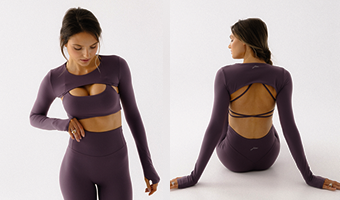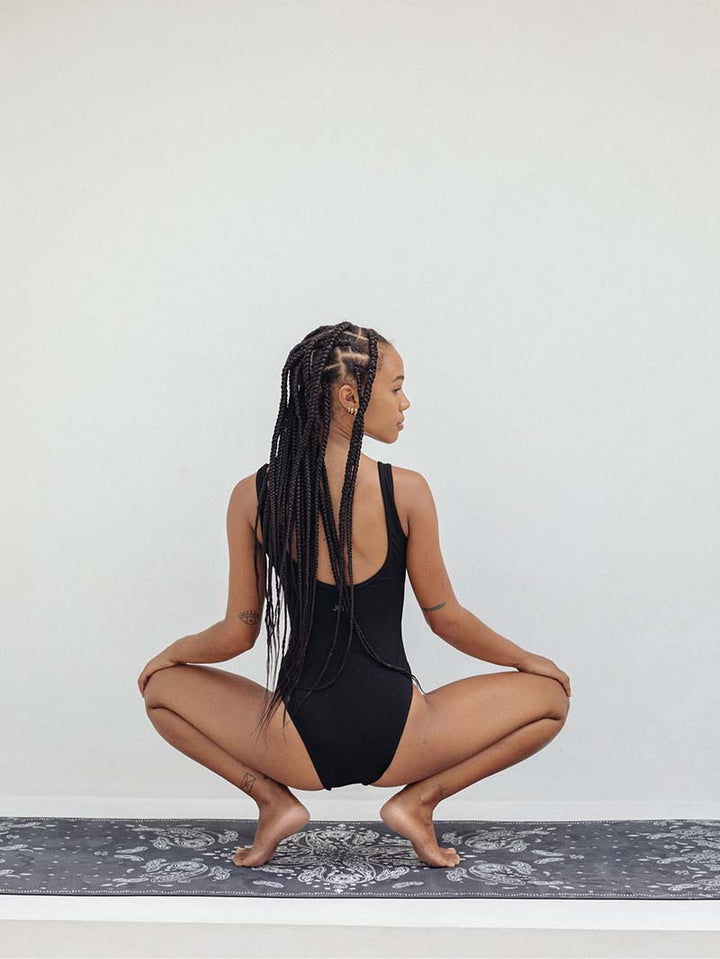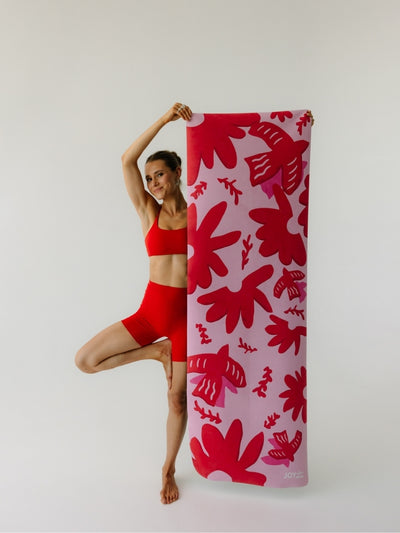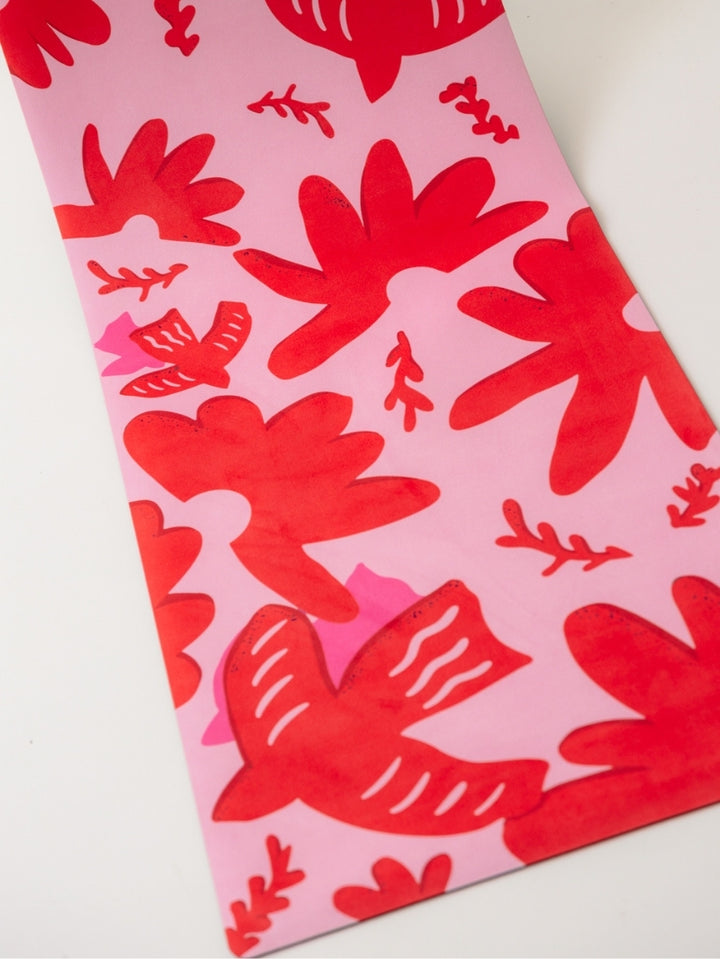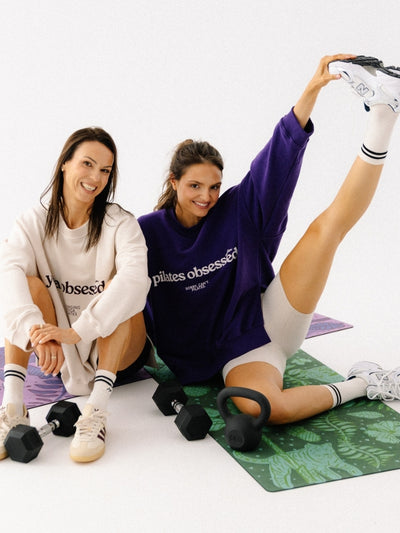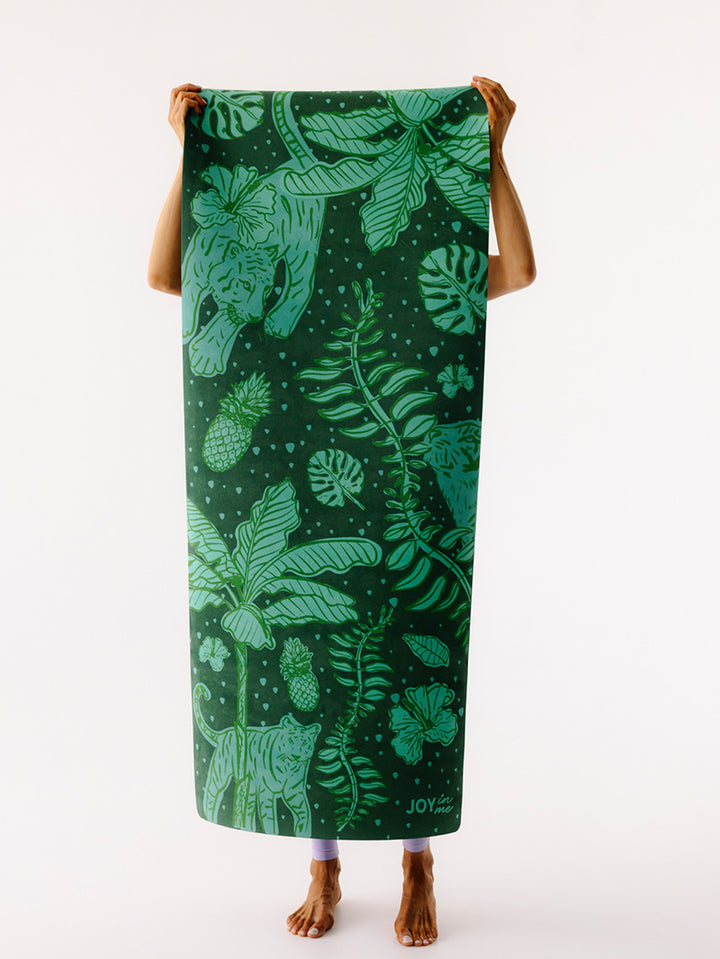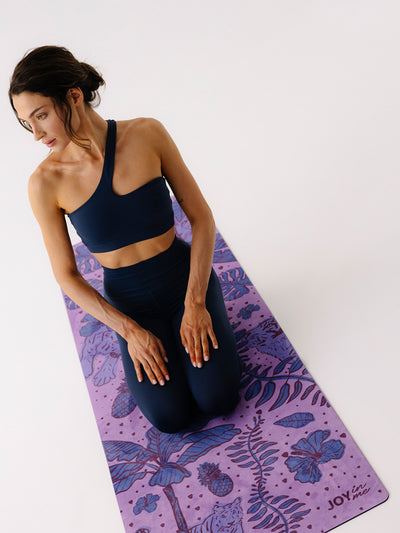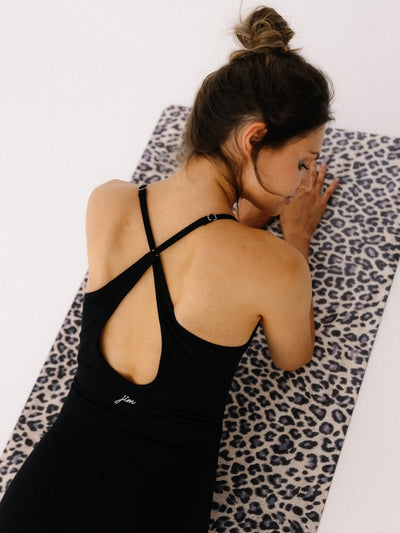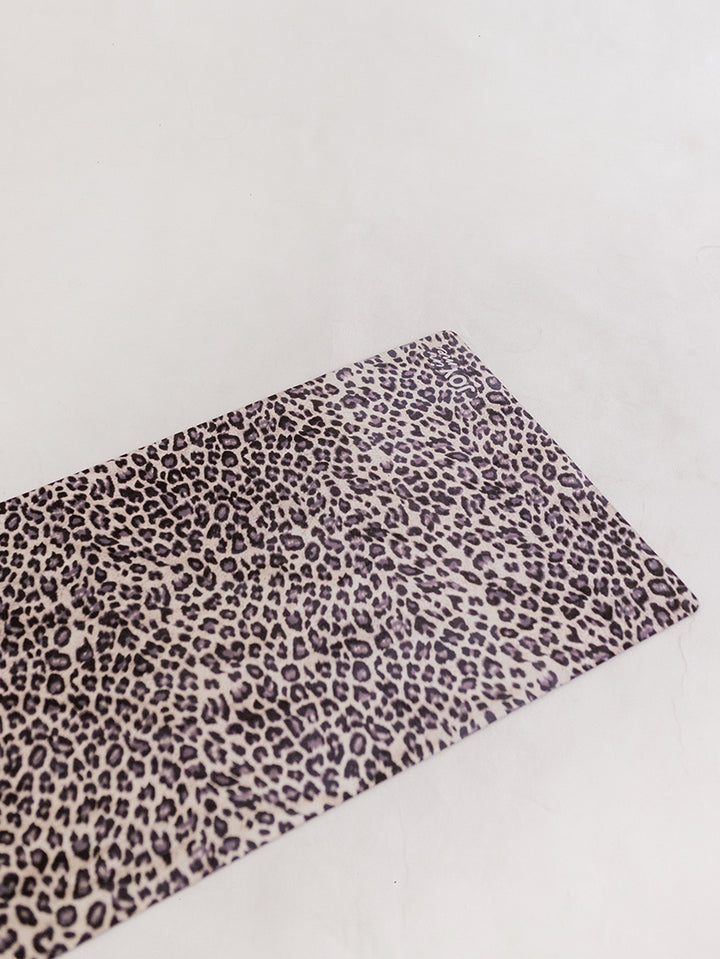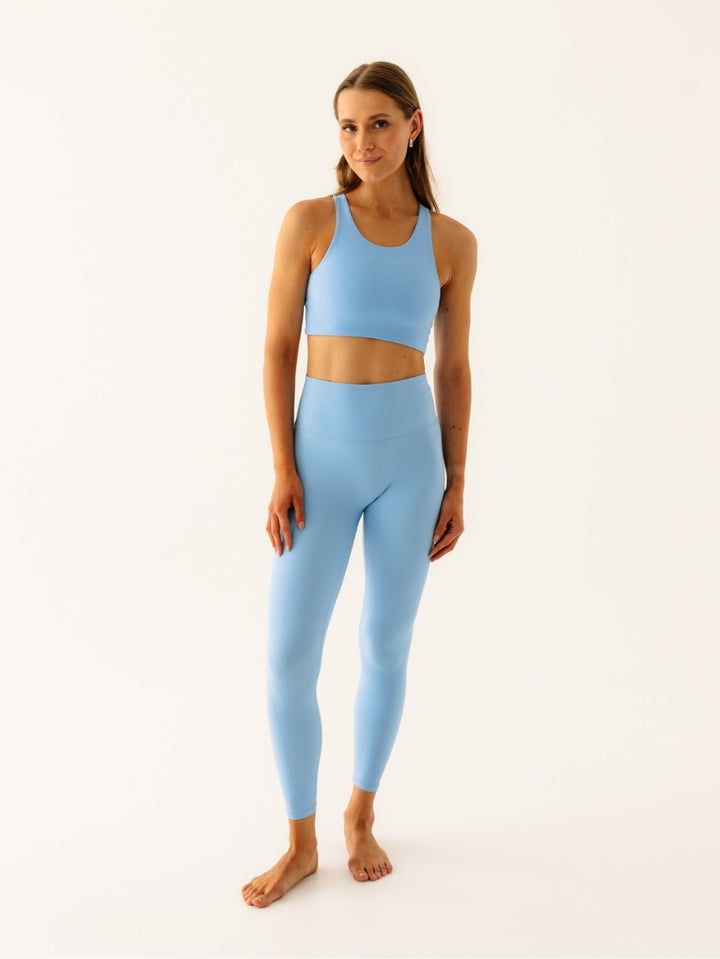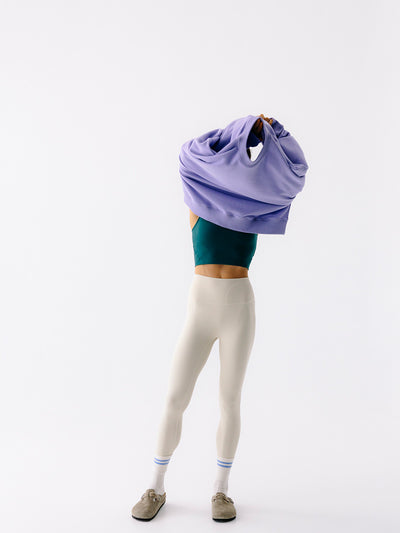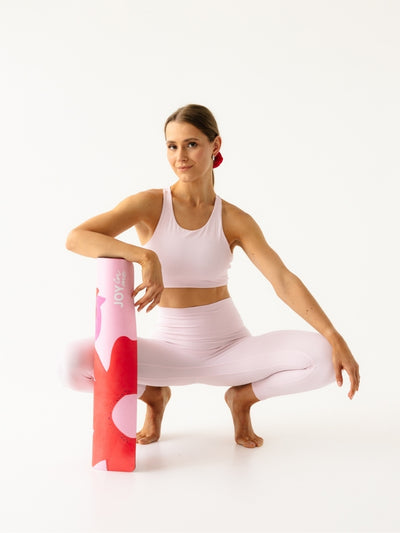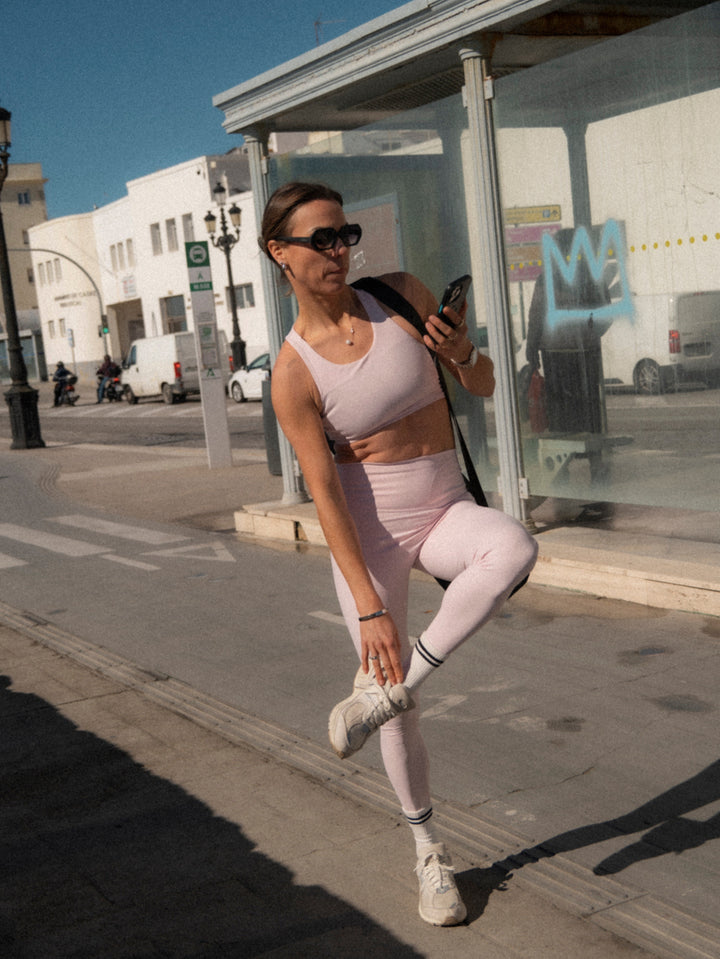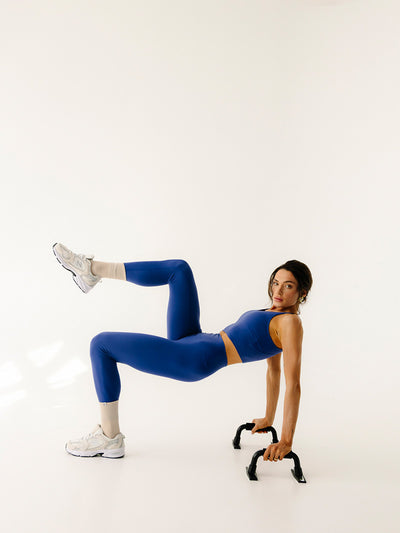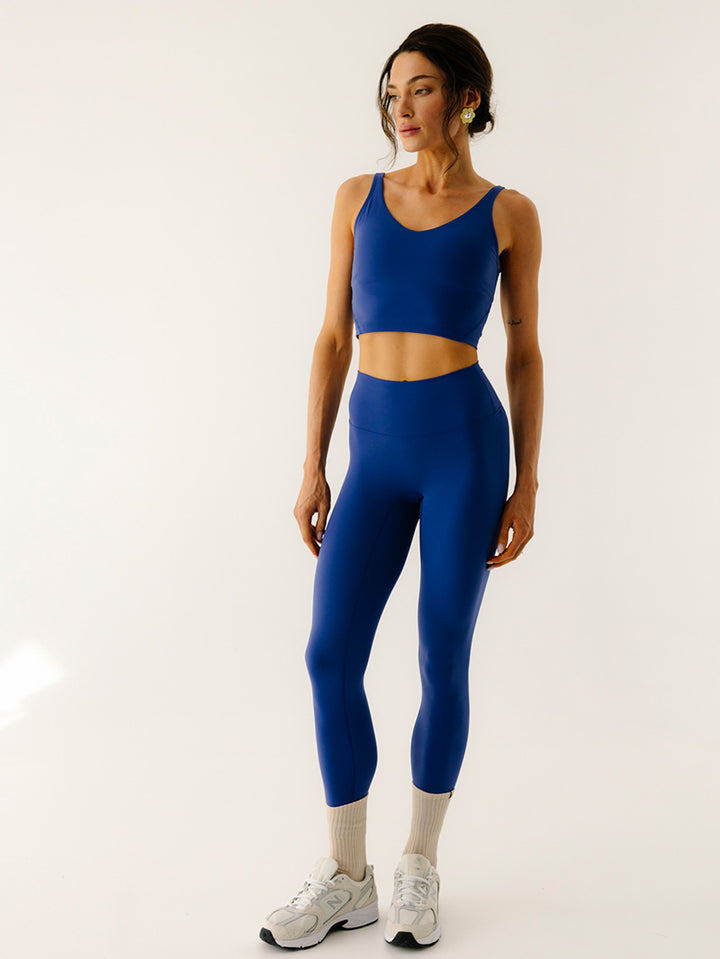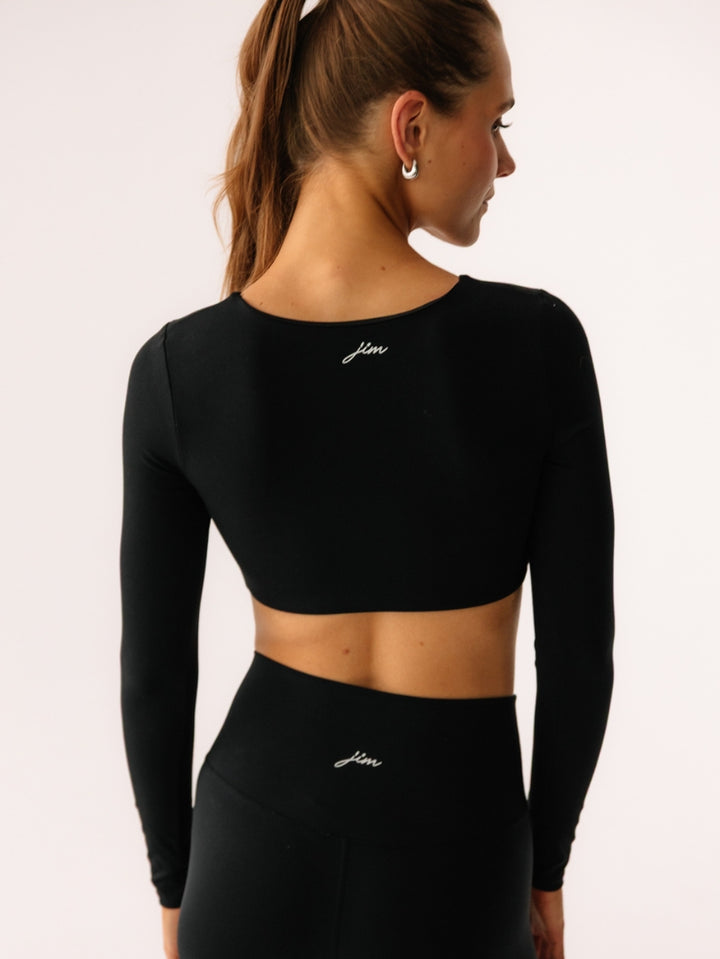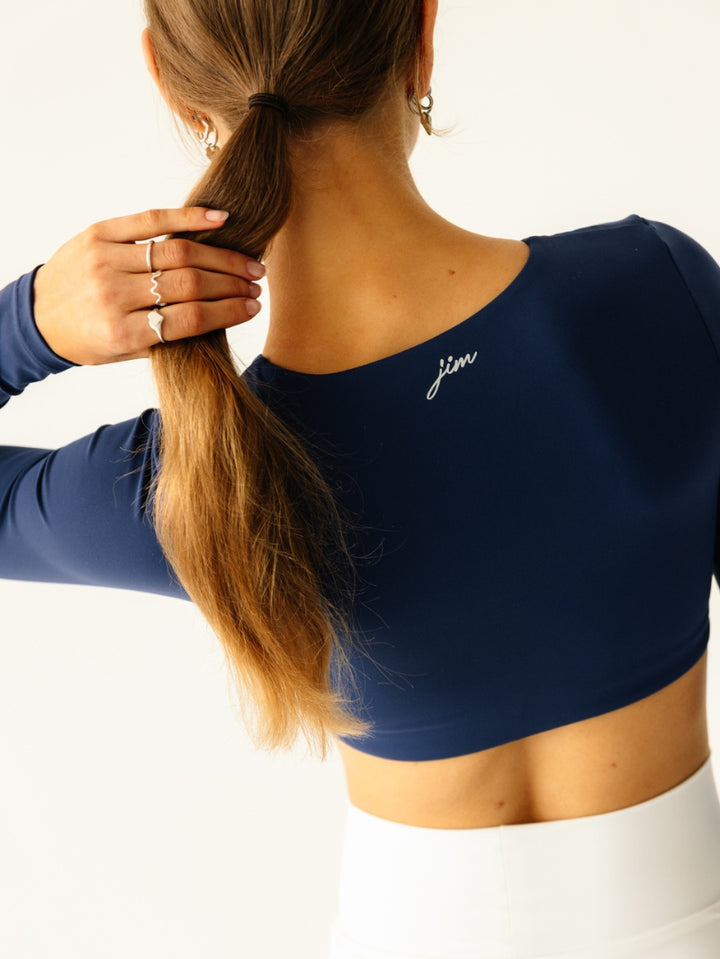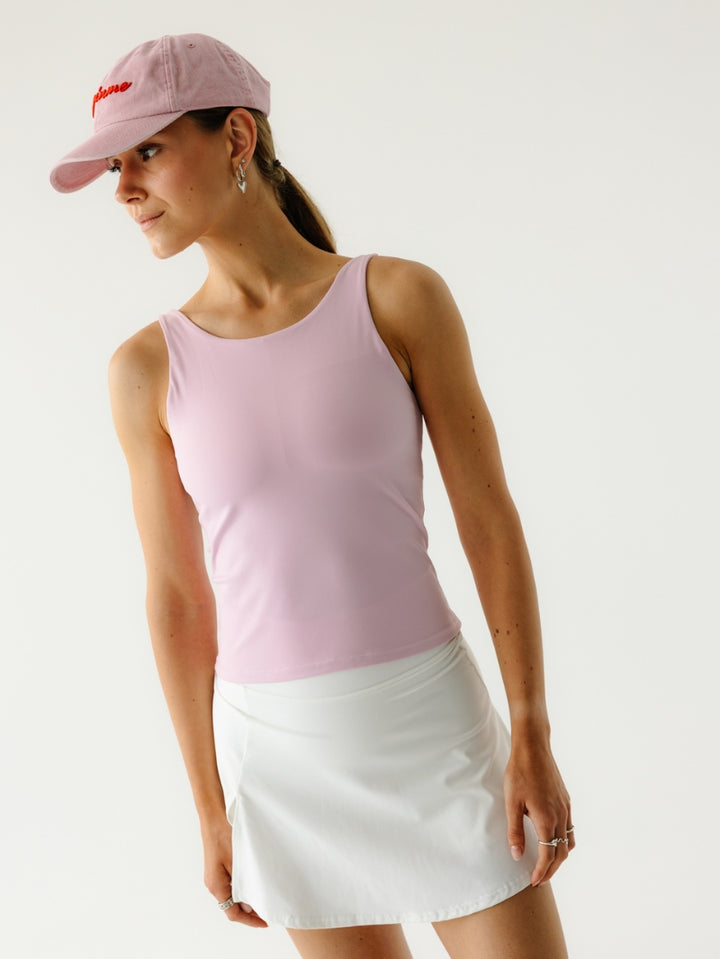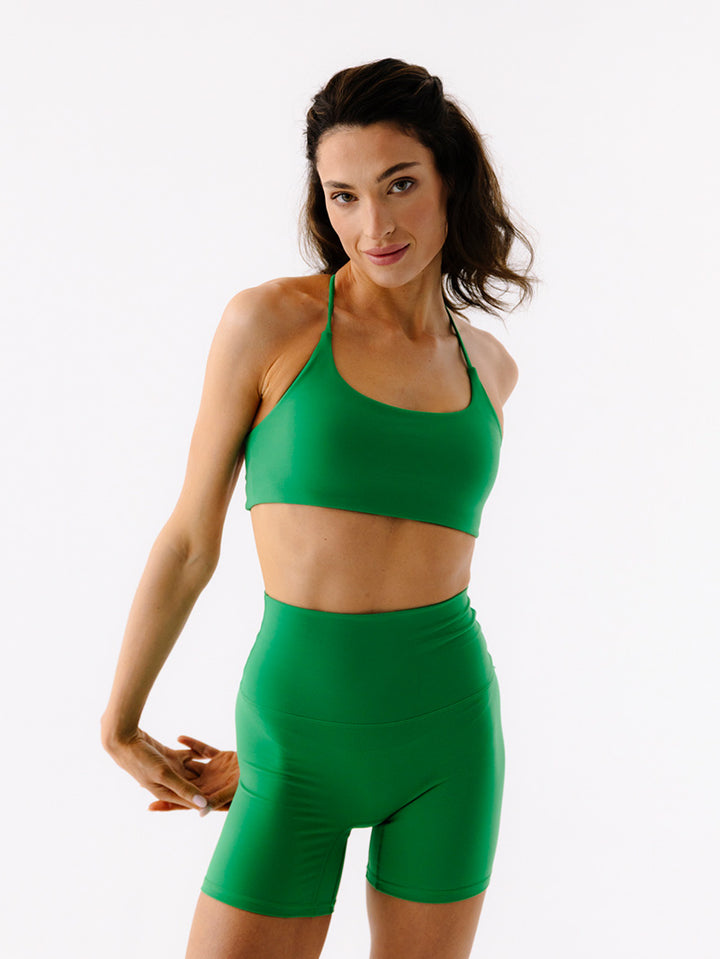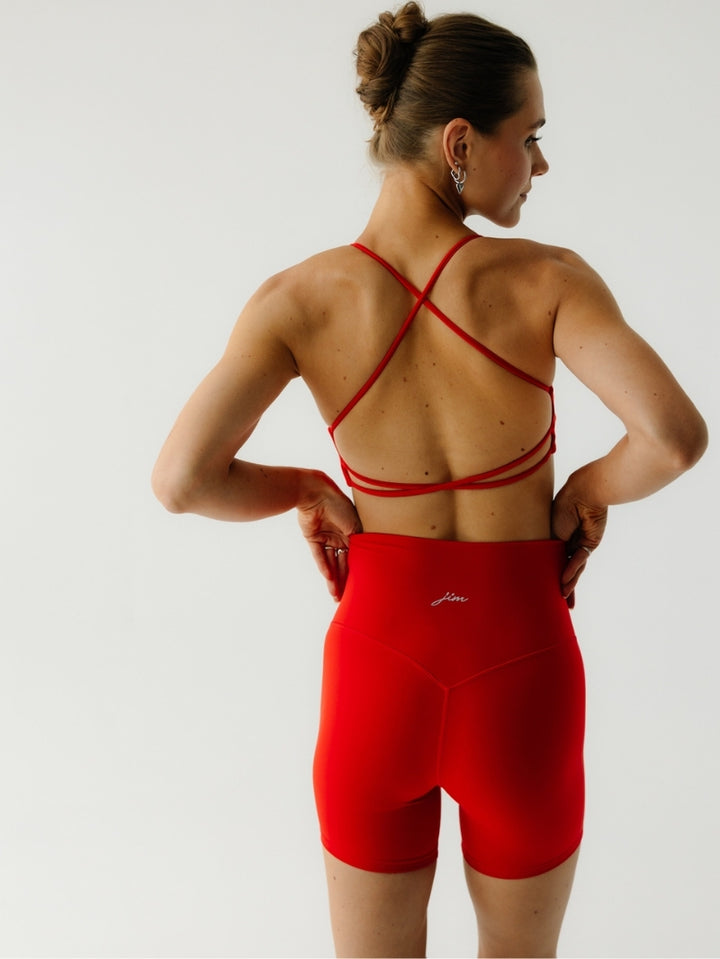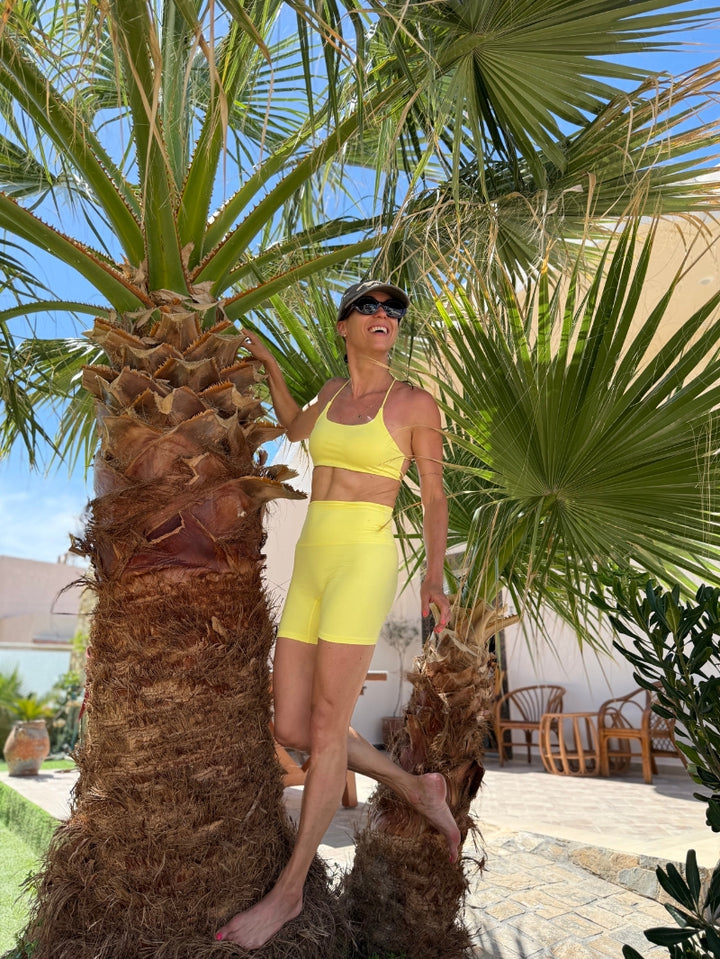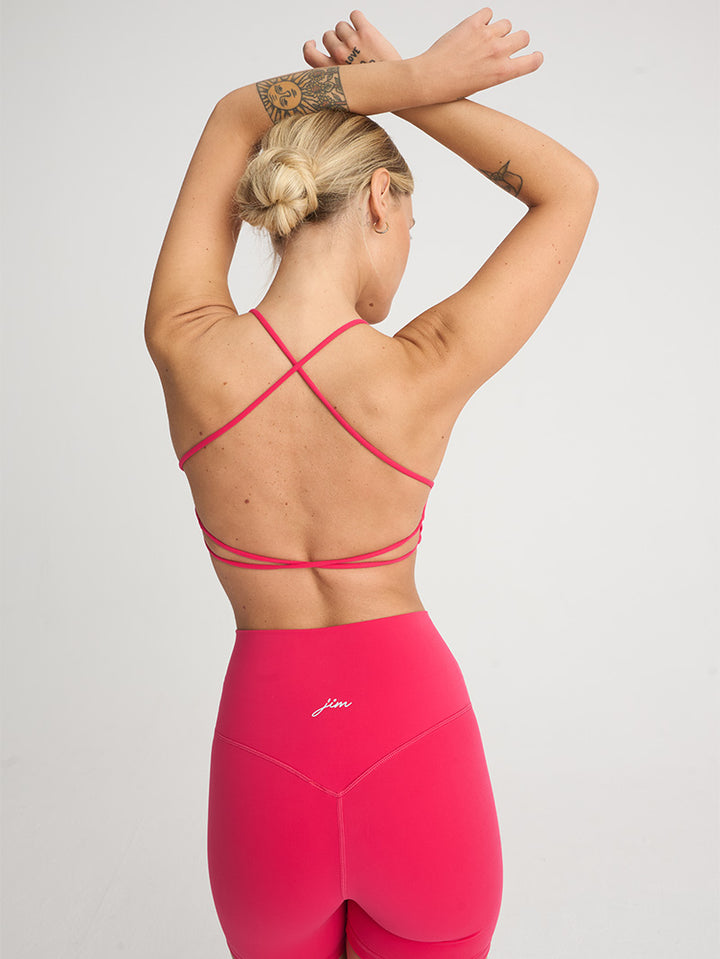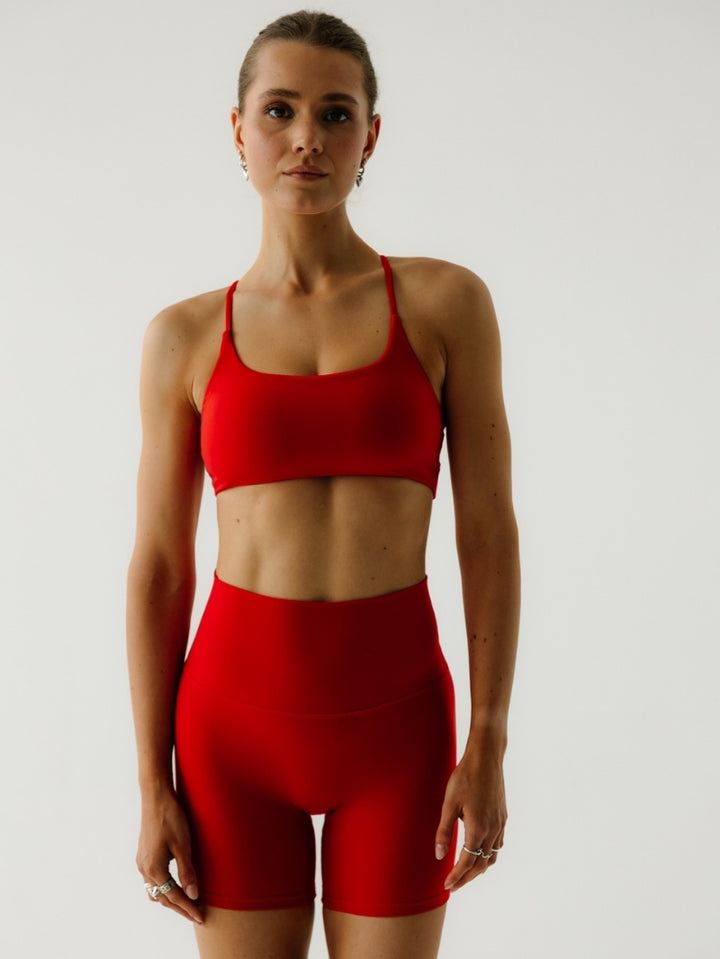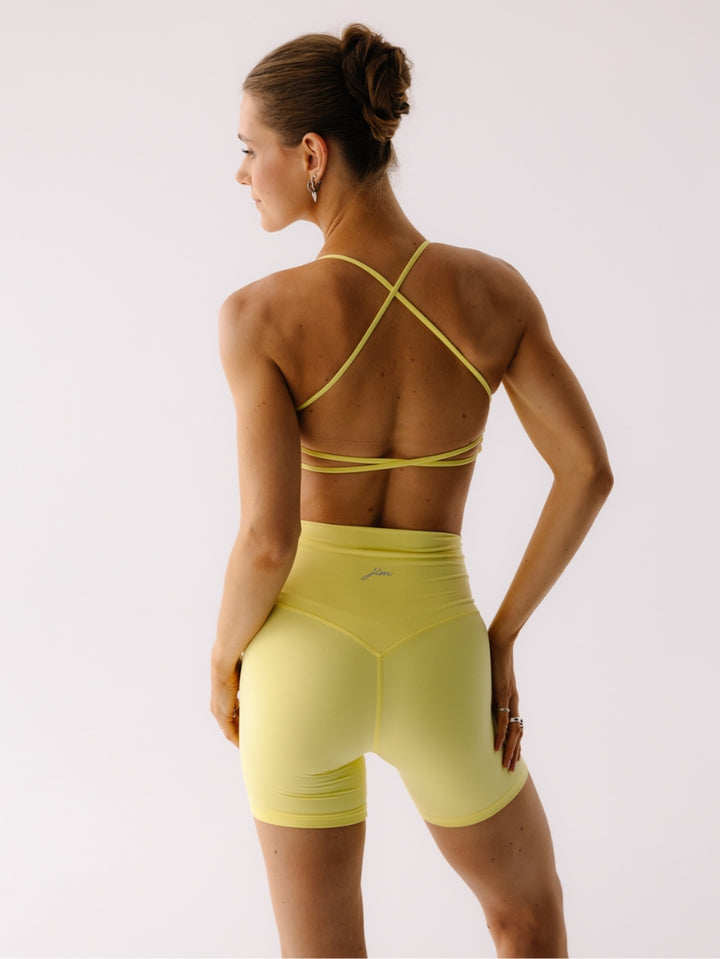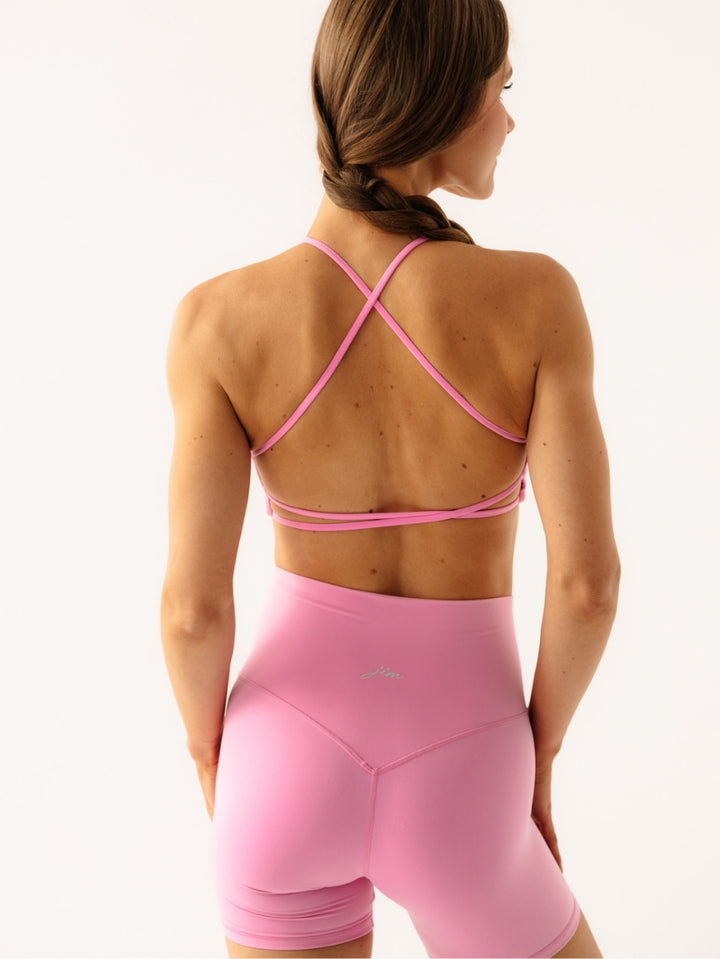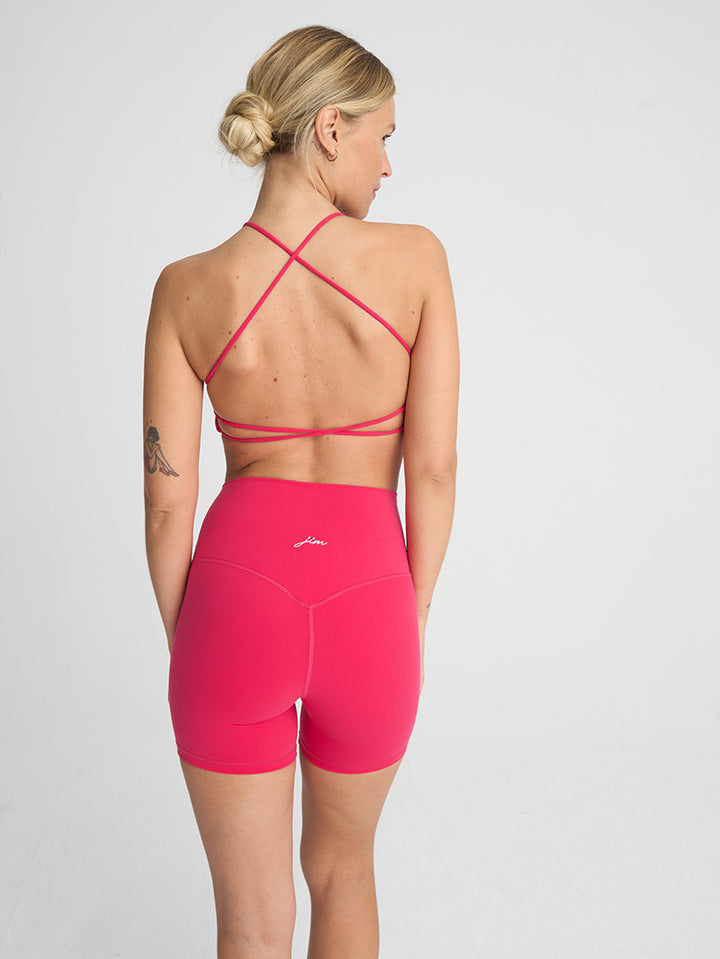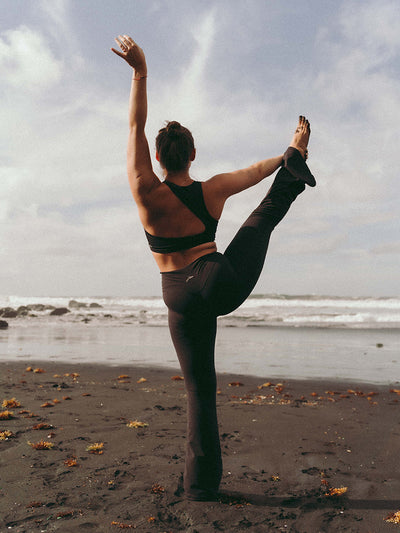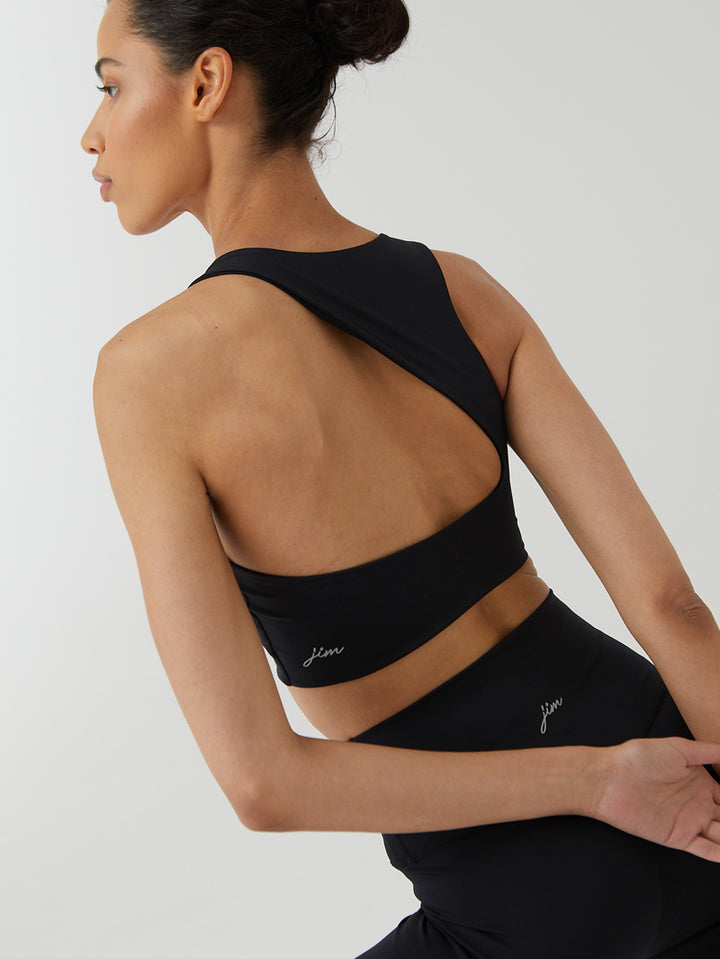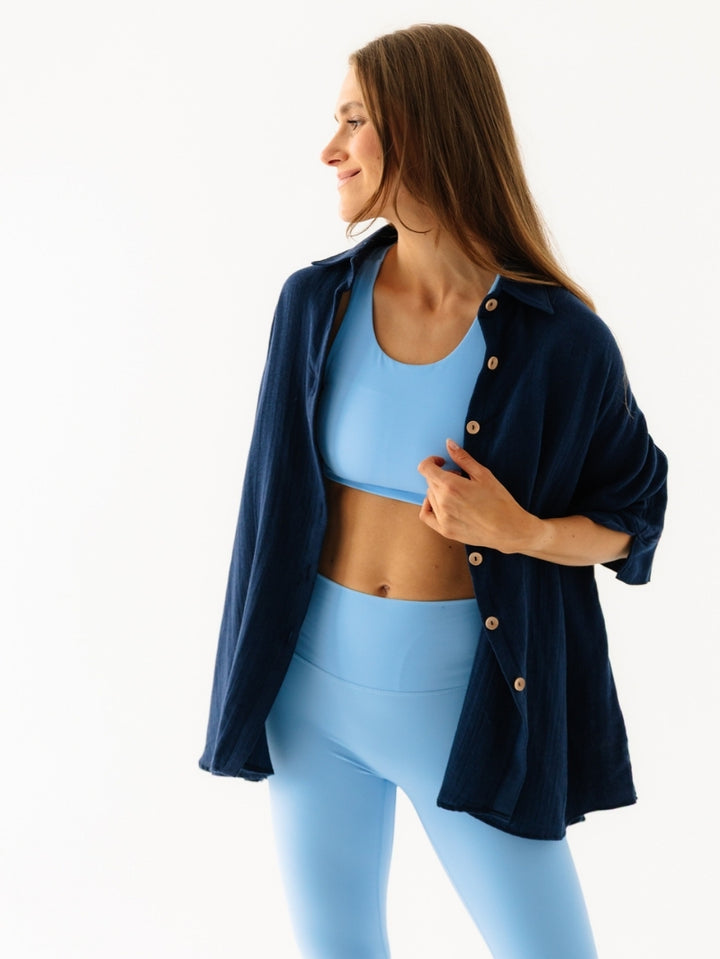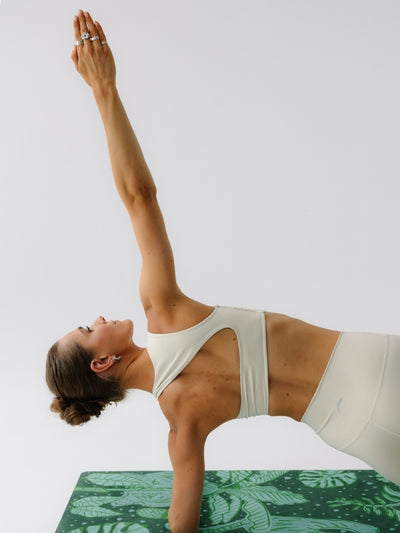Somatic Pilates – what is it, how does it work and what are its effects?
In a world filled with rushing and chronic overstimulation, we increasingly seek ways to find peace and reconnect with our bodies. We crave movement that not only strengthens but also heals, soothes, and teaches. If you feel your practice needs a deeper dimension, and your body is crying out for attention, let me tell you about somatic Pilates. It's a beautiful path to regaining harmony and authentic self-talk.
What is somatic pilates?
If you're wondering what somatic Pilates is , think of it as a conscious fusion of the Pilates method with a somatic approach. The word "somatic" comes from the Greek word "soma," which means "the living body in its entirety."
This approach places your inner perspective first. Instead of focusing on how movement looks from the outside, you direct your attention inward, to your sensations. It's a practice that directly engages the nervous system, teaching it to release chronic tension and replace old, often painful, movement patterns with new, healthy and relaxed ones . This groundwork makes improving posture and well-being a natural outcome, not an end in itself.
Somatic and classic Pilates – what is the difference?
While both methods share common roots, their philosophies and approaches to exercise differ significantly. Understanding these differences will help you choose the path that's perfect for you.
|
Characteristic |
Classic Pilates |
Somatic Pilates |
|
Main goal |
Muscle strengthening, precision, strength and control. |
Tension release, neuromuscular re-education, awareness. |
|
Focus of attention |
External – what the position looks like, is it performed technically correctly. |
Internal – what I feel in my body, where is the tension, how can I let go of it. |
|
Rate |
Dynamic, fluid, often rhythmic. |
Slow, meditative, exploratory. |
|
Intention |
“Do” an exercise. Achieve a specific physical goal. |
“Feel” the exercise. Understand and integrate the movement. |
In short: Classical Pilates asks, "Are you doing it right?", while Somatic Pilates asks, "What do you feel when you do it?"
What are the effects of somatic pilates and who is it ideal for?
Regular practice brings benefits that radiate throughout our lives, affecting both body and mind.
Physical effects
-
Improving posture and reducing pain: By releasing deep tension, particularly in the back, neck, and hips, the body naturally finds its optimal, upright position. This is one of the most effective methods for combating chronic back pain.
-
Increased mobility and flexibility: Instead of forcibly stretching, you train your body to "let go" of resistance. This allows you to safely and sustainably increase joint range of motion.
-
Better Coordination and Balance: Body awareness translates into more fluid and confident movement in everyday life.
Effects on the mind and well-being
-
Deep relaxation and stress reduction: Slow, mindful movement has a soothing effect on the nervous system, helping you move out of your “fight or flight” state and into rest and recovery mode.
-
Greater body awareness (interoception): You rebuild your broken bond with your body. You begin to better understand its signals—when it's hungry, tired, needs exercise, and when to rest.
-
Improved concentration: The focus required during practice carries over to other areas of life.
This form of exercise is a real gift for each of us, especially for women who:
-
They suffer from chronic pain and are looking for relief.
-
They experience stress and want to regain inner peace.
-
They are in the process of rehabilitation or returning to exercise after an injury.
-
They want to take care of their bodies in a gentle but effective way during adulthood.
-
They feel "cut off" from their body and want to feel and love it again.
Examples of somatic exercises – feel it in your body
To fully understand this method, it's best to experience it. Below you'll find examples of somatic exercises . Remember, slow movement and maximum attention are key.
Pelvic Rocking – The Foundation of Center Awareness
This exercise teaches subtle control over the pelvis and lower spine.
-
Position: Lie on your back with your knees bent and your feet flat on the mat, hip-width apart. Your arms rest comfortably at your sides.
-
Movement: Exhale, gently press your lower back into the mat, tilting your pelvis (your pubic bone rises slightly toward your navel). Inhale, allow your pelvis to return to a neutral position and continue toward a gentle arch in your lower back.
-
Breathing and mindfulness: Feel your breath guiding the movement. Do it very slowly, almost imperceptibly. Focus on the sensation of your lumbar spine detaching and attaching to the mat.
Shoulder Bridge – Spinal Mobility and Articulation
This exercise teaches you to consciously move each segment of the spine .
-
Position: Remain lying on your back with your knees bent.
-
Movement: Exhale, starting at your tailbone, begin to roll your spine upward, one vertebra at a time, until your hips are raised to form a straight line from your shoulders to your knees. Inhale at the top. Exhale again, slowly roll your spine downward, returning your upper back to the mat first, then your middle back, and finally your lower back.
-
Breathing and mindfulness: Imagine your spine as a string of pearls. Try to place and lift each pearl (vertebra) individually. Feel the movement of your glutes, but consciously relax your shoulders and neck.
How to start your adventure with somatic pilates?
Feel like this is for you? Great! Here are a few steps to help you begin your practice safely and enjoyably.
-
Find a good instructor: Look for a teacher who emphasizes your feelings, not the outward appearance of the poses. Somatic classes often have terms like "conscious movement" or "working with the nervous system" in their descriptions.
-
Consider practicing at home: There are many online courses that allow you to explore Pilates at home , at your own pace. These are a great way to get started.
-
Listen to your body: This is the most important rule. When you perform the exercises , remember that nothing should hurt. Your goal is comfort and release, not effort and pain.
Comfort and accessories – what will you need?
While the beauty of somatic Pilates lies in its simplicity, a few things to add to your practice can significantly improve the comfort and effectiveness of your practice.
-
A comfortable mat : This is essential. It will provide cushioning for your spine and joints.
-
Comfortable outfit : Choose clothes that allow you to move freely and allow your skin to breathe. Nothing should constrict or distract you.
-
Small ball or rolled towel: These simple exercise accessories can be very helpful. Placed under the head, lower back, or between the knees, they can help you find the correct position and achieve deeper relaxation.
We hope this journey through the world of somatic Pilates has inspired you to give it a try. It's an extraordinary path to greater well-being, deeper peace, and true friendship with your own body.
